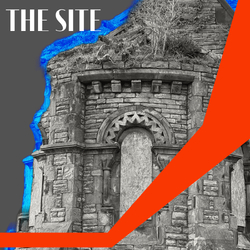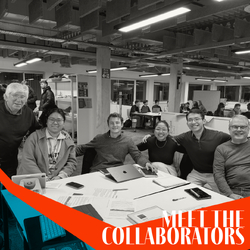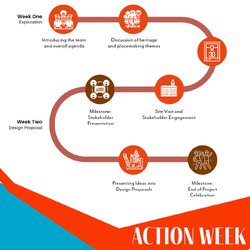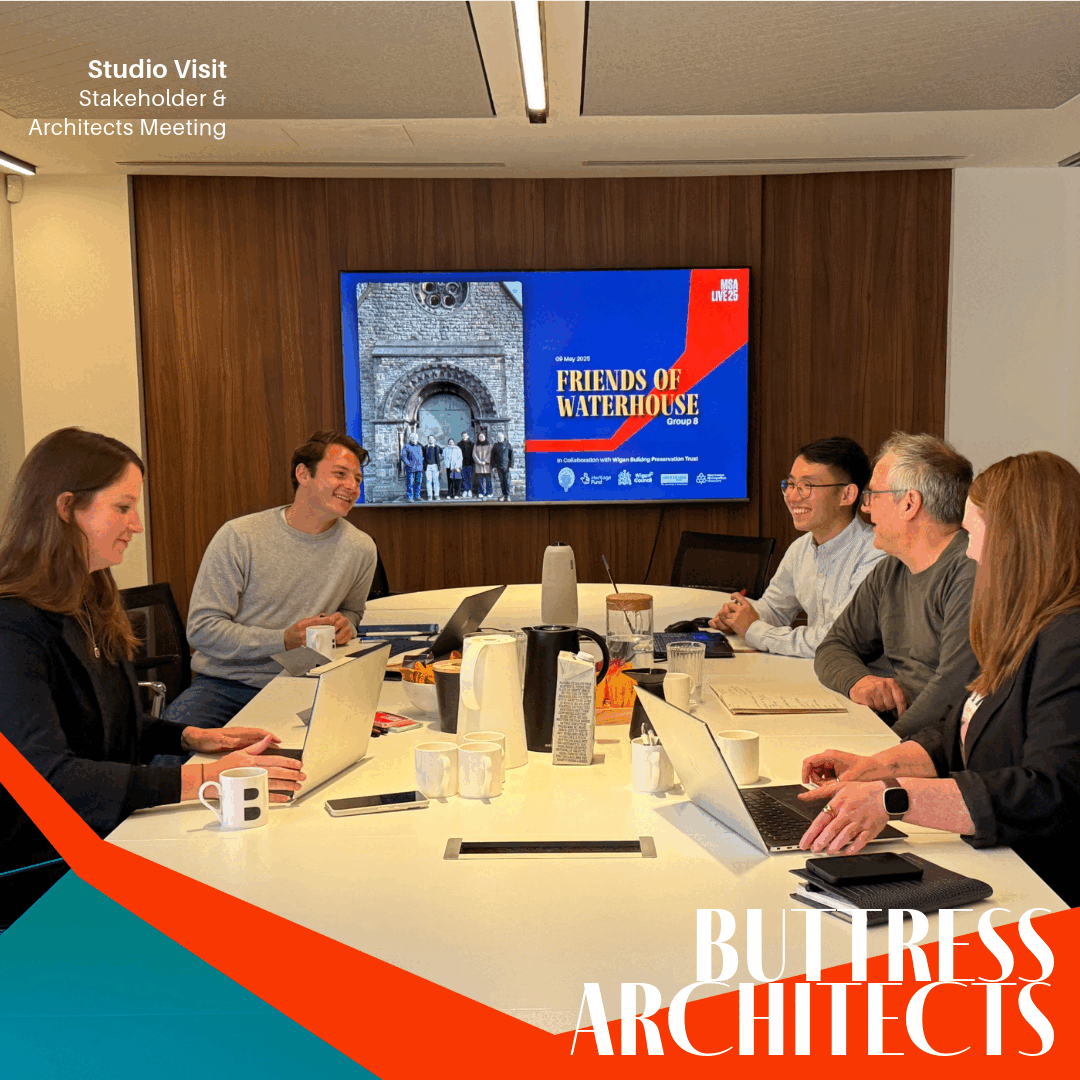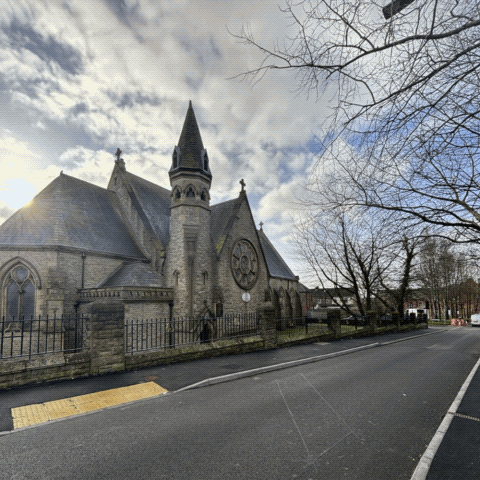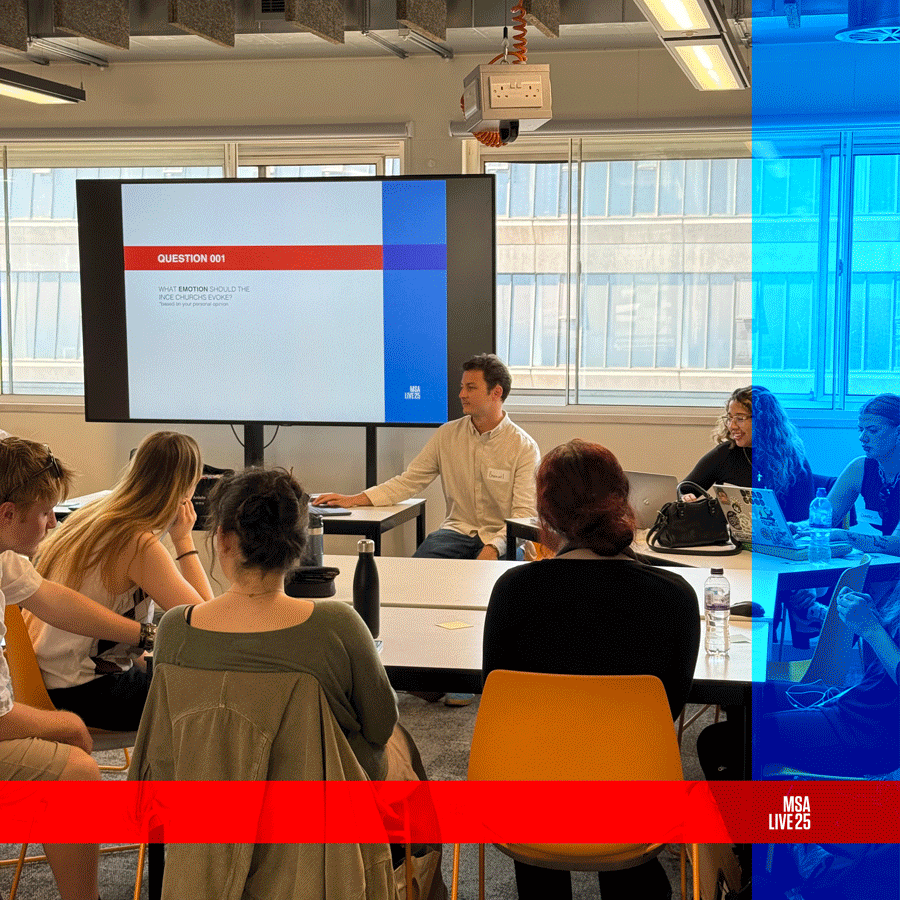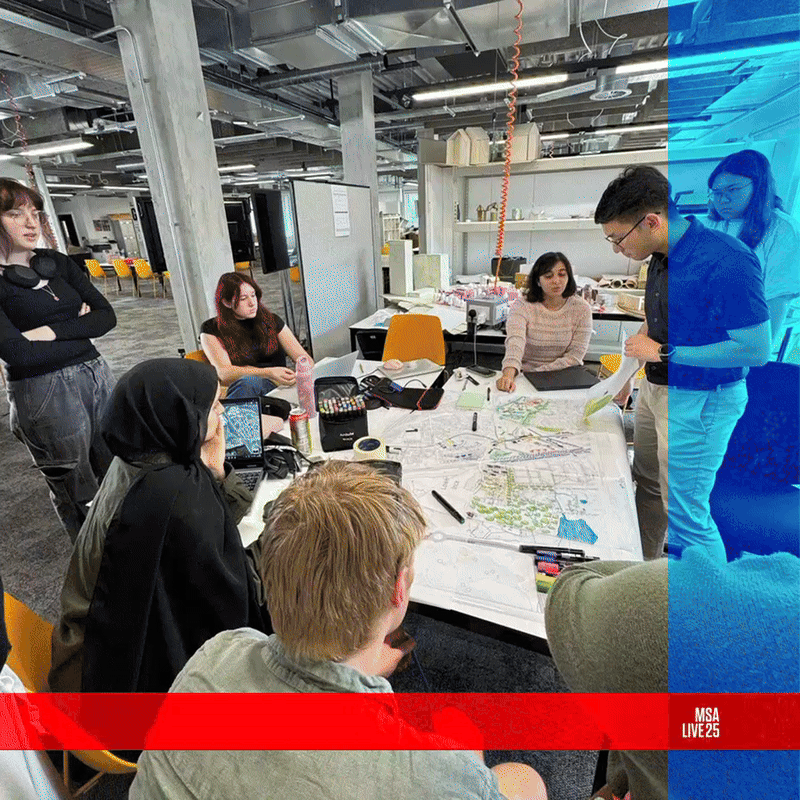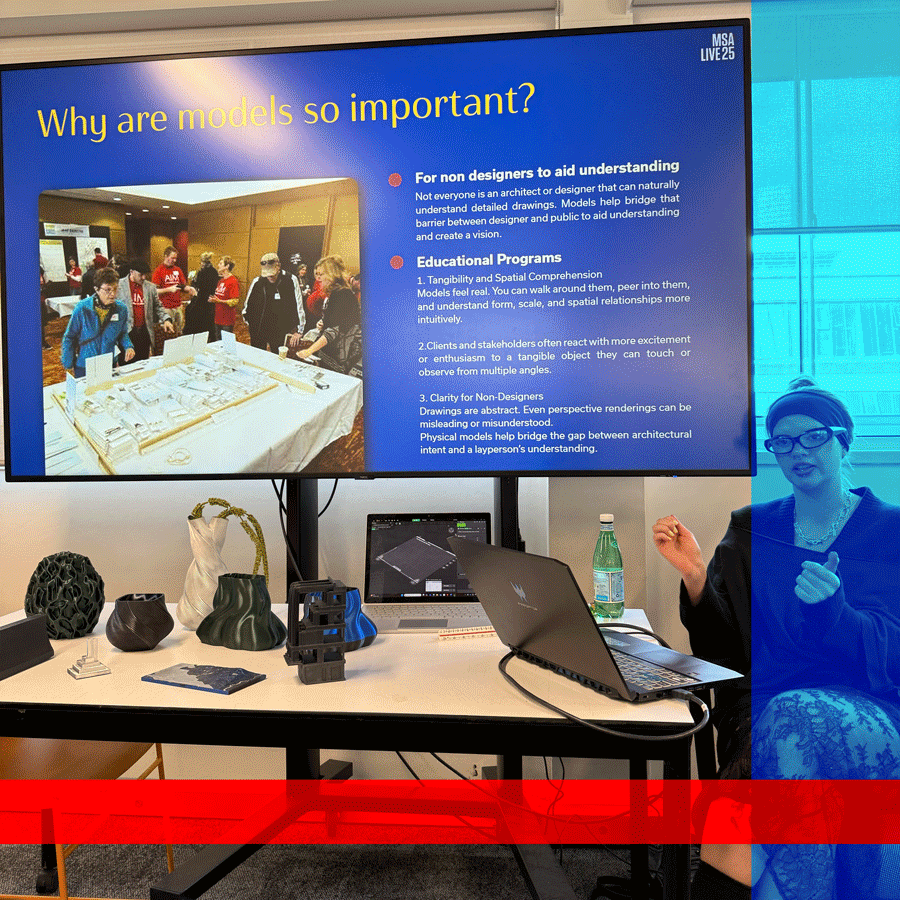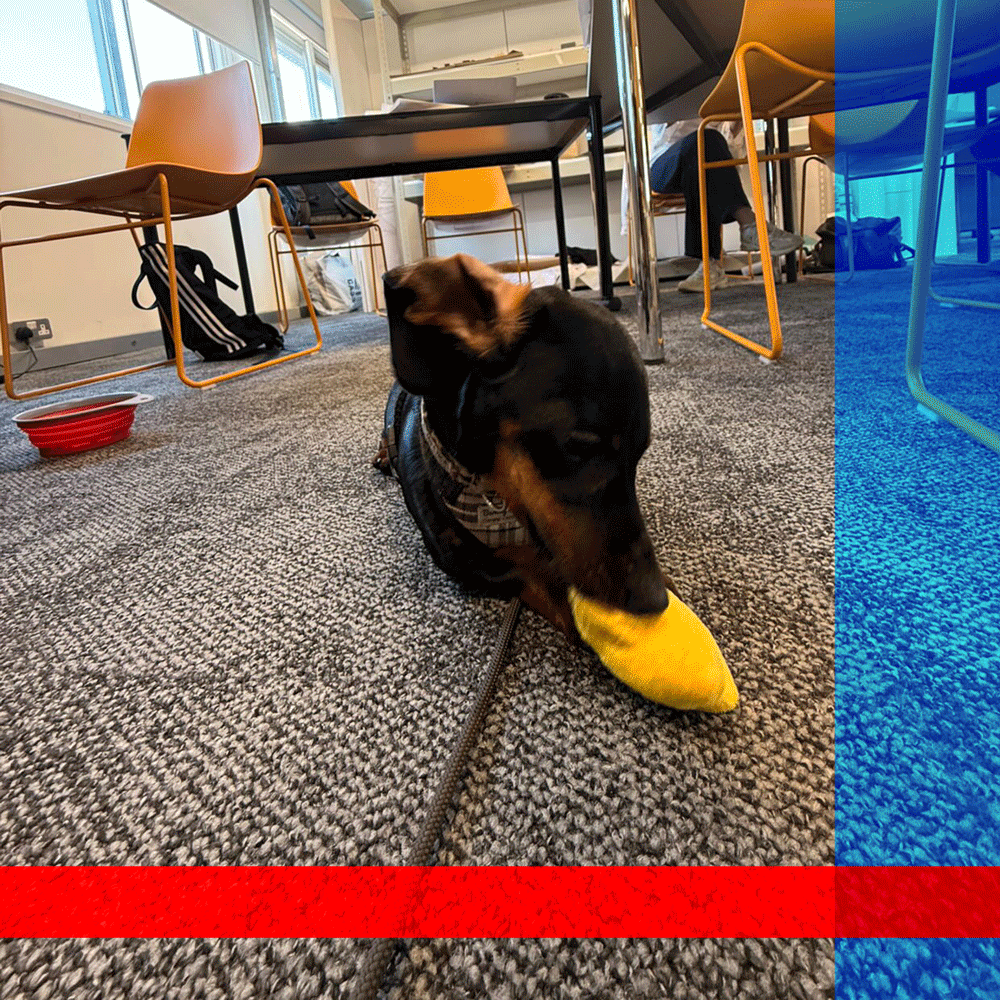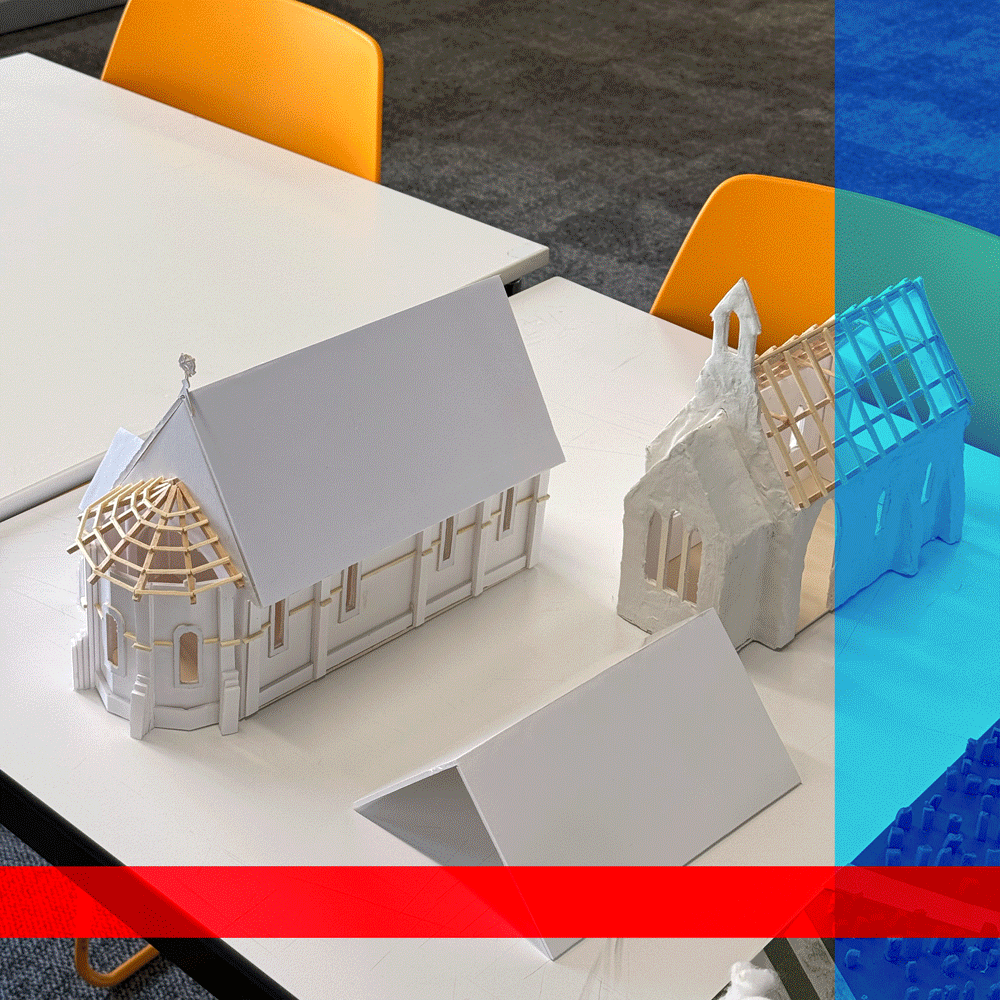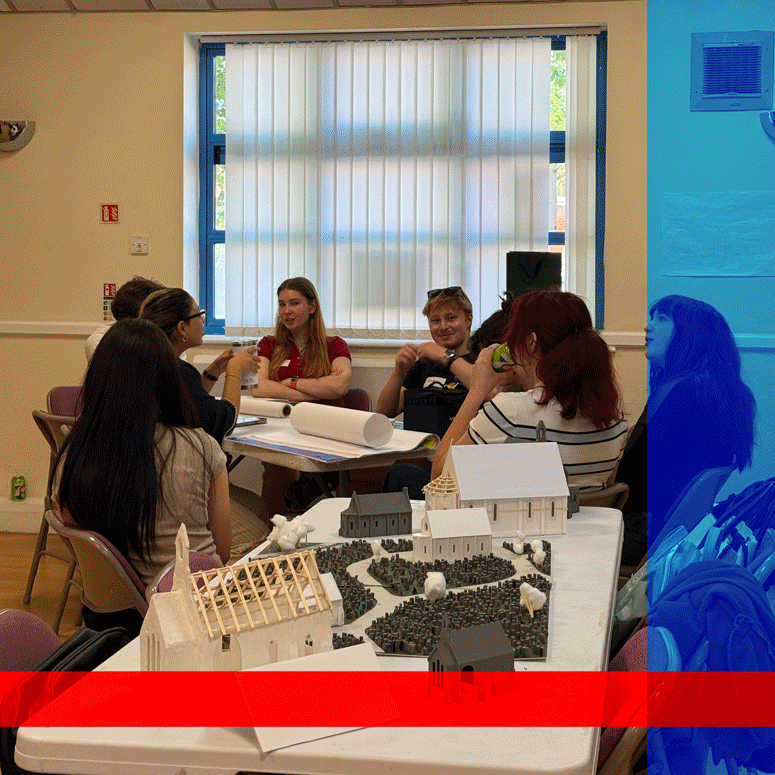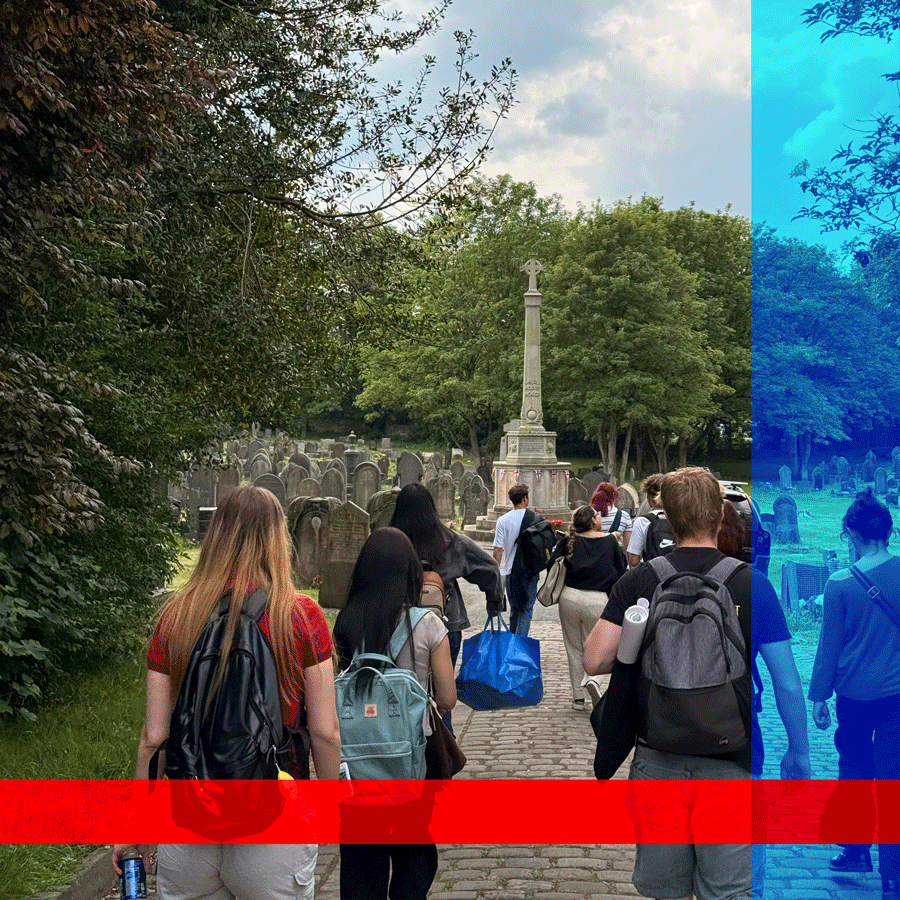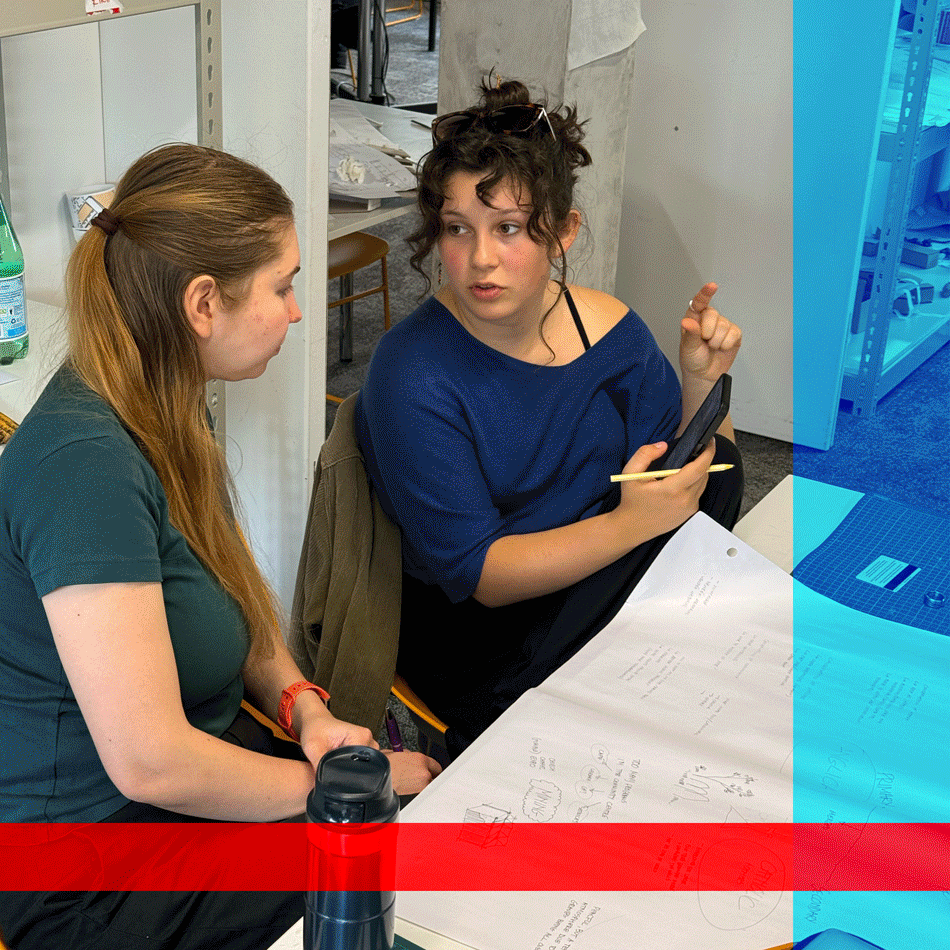Group 08
FRIENDS OF WATERHOUSE
The Waterhouse Chapels at Ince Cemetery, the first public works of renowned Victorian architect Alfred Waterhouse, ceased functioning as chapels many years ago. This project focuses on their restoration, potential conversion, and sustainable reuse, breathing new life into these two Grade II listed cemetery chapels. It explores spatio-temporal placemaking strategies to envision future uses for the dilapidated chapels. Collaborating with the Friends of the Waterhouse Chapels, local groups, and schools, participants will engage in model-making, visualisation techniques, and hands-on activities to reimagine these historic spaces while preserving their architectural and cultural significance.
Ariana MJ / Caoimhe S / Emanuil Petrovich S / See EJ / Xinran Z







